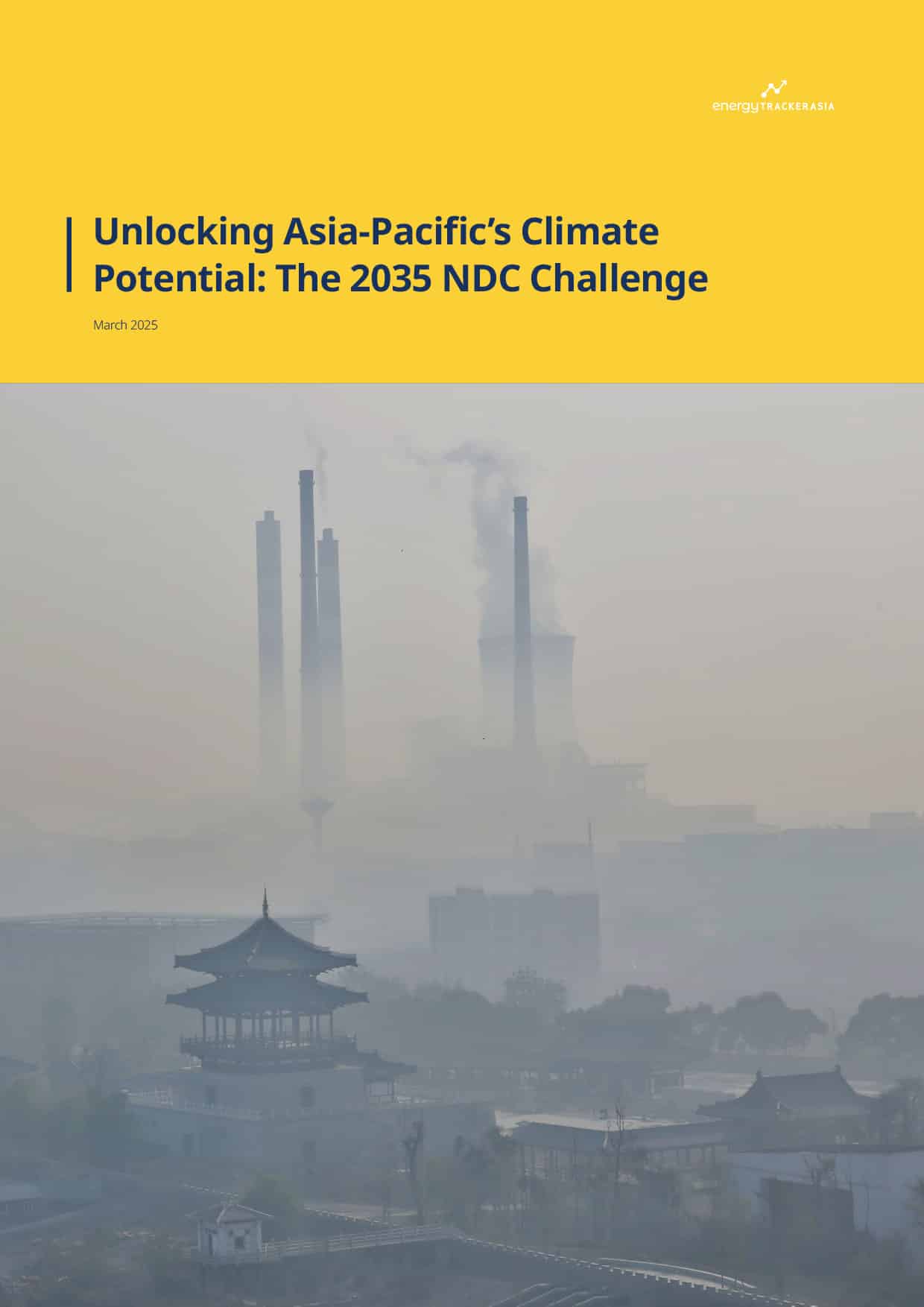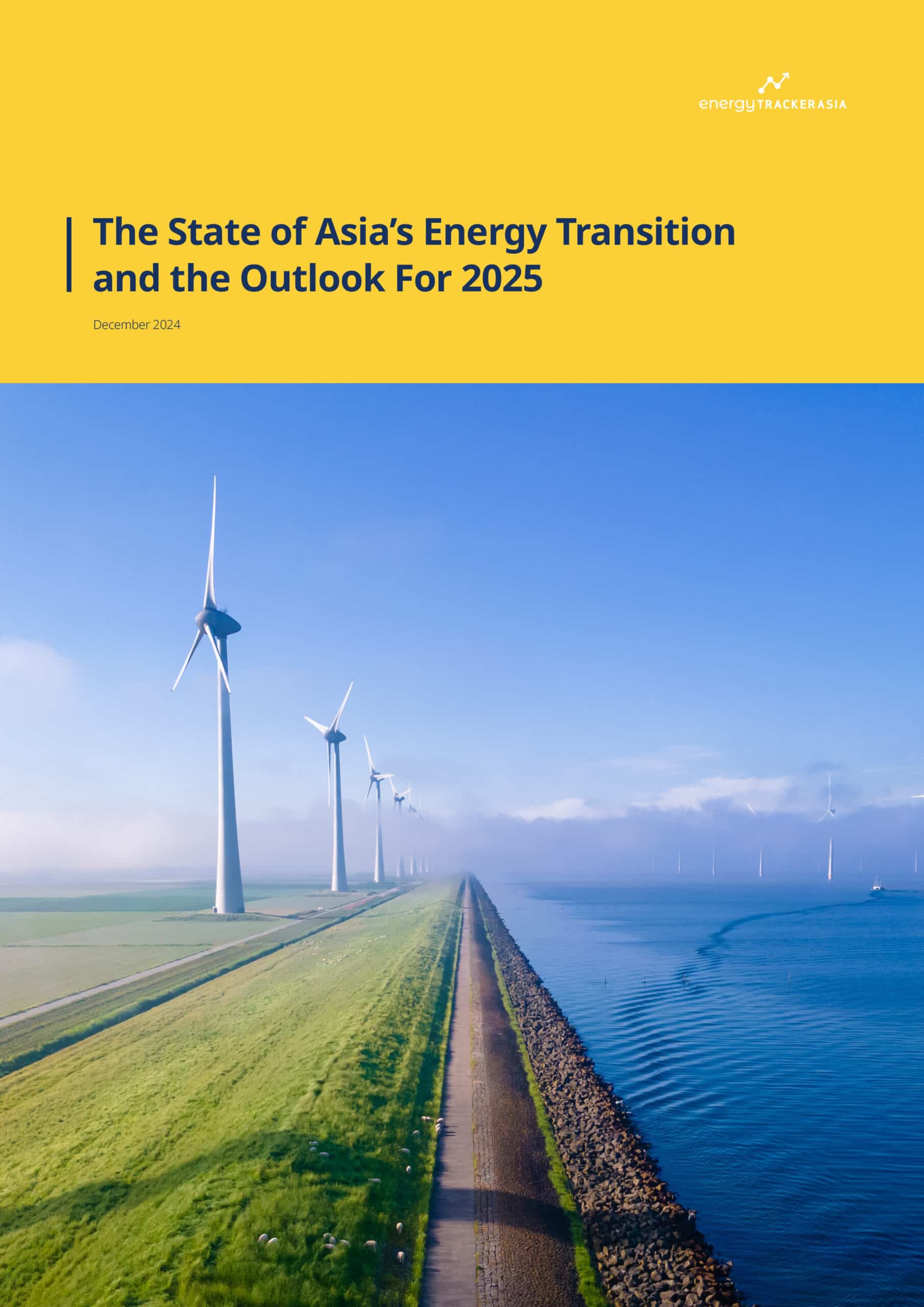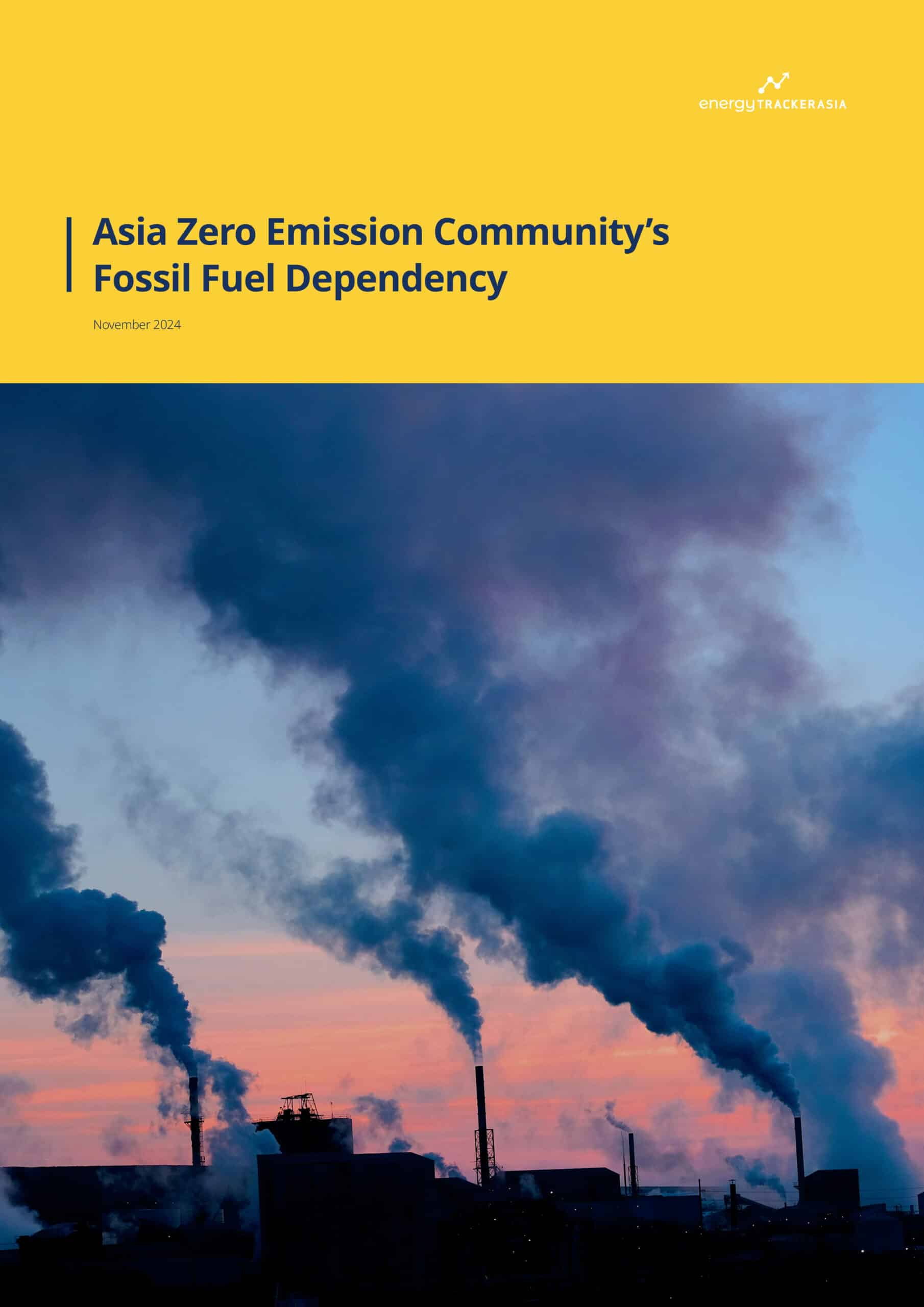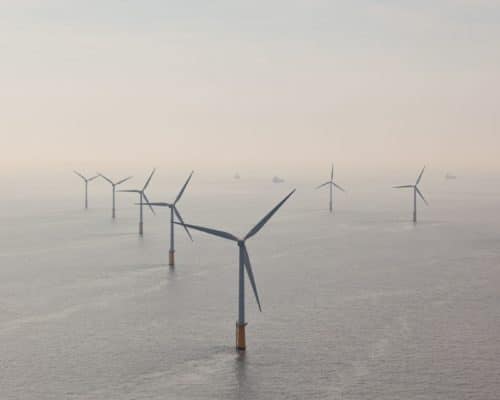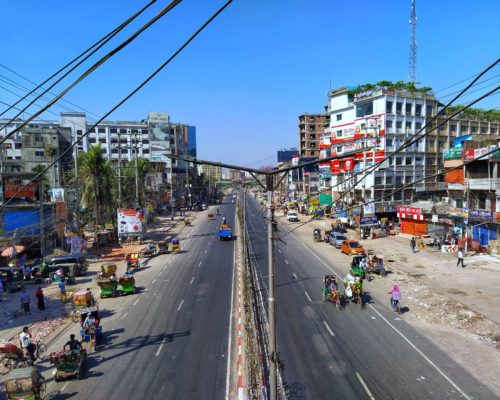Is Renewable Energy Reliable in a High-demand World?
Photo: Shutterstock / Soft grass
26 November 2025 – by Heba Hashem
As the world races to phase out fossil fuels, one question continues to dominate policy and public perception: Is renewable energy reliable?
Long seen as intermittent and unpredictable, renewable power has undergone a dramatic transformation. Advances in forecasting, battery storage and modern grid management have pushed solar and wind energy and other clean technologies from the margins to the mainstream.
Today, nations on every continent are showing that renewables can anchor a reliable energy system — but challenges and misconceptions persist.
Can Renewable Energy Meet the World’s Electricity Demand?
The answer increasingly appears to be yes. Renewables are now delivering record levels of electricity without compromising grid stability. In 2024, clean energy generated 32% of global electricity, marking a historic milestone.
At least 14 countries are now on track to source over half their electricity from wind and solar power by 2030, with Lithuania leading the pack, followed by Denmark, Ireland, Germany and Portugal, according to the International Energy Agency’s Renewables 2025 report.
The acceleration has put fully sustainable energy — once a distant aspiration — within reach for a growing number of nations.
Clean Energy: From Intermittent to Indispensable for Energy Transition
Solar and wind power are now among the world’s fastest-growing and most cost-effective power sources. Their reliability has surged thanks to improved weather forecasting, better equipment and high mechanical availability.
In April 2025, solar energy reached a global milestone. It generated 10% of the world’s electricity in a single month, surpassing nuclear power for the first time, according to Ember’s Electricity Data Explorer. In China, solar and wind together supplied more than a quarter of the country’s power that same month.
Is Renewable Energy More Reliable Than Fossil Fuels?
In efficiency terms, yes. Fossil-fuel thermal plants typically convert just 30-40% of their input energy into usable electricity. Wind and solar convert nearly all their harvested energy, making them two to three times more efficient.
But solar and wind remain weather dependent. On their own, they still cannot function as fully dispatchable, round-the-clock power sources. Paired with battery storage, hydropower, geothermal plants and flexible grids, however, they become highly dependable.
Hydropower remains one of the world’s most reliable energy sources — capable of supplying stable baseload power and rapid-response backup — though vulnerable to drought. Geothermal energy offers near-continuous output but is geographically limited.
What Causes Renewable Energy Reliability Issues?
Contrary to common belief, outages in renewable systems often stem not from the technologies themselves but from insufficient electric grid infrastructure. When networks can’t handle the power being produced, operators must limit output — a practice known as curtailment.
As of October 2025, curtailment has reached unprecedented levels in several high-renewable markets. Europe’s summer 2025 season saw curtailment spike to 11% of renewable output, driven by record wind and solar generation running up against long-standing grid constraints. In China, solar curtailment hit 6.6% in the first half of 2025, up sharply from 3.9% a year earlier. Brazil’s Northeast — one of the world’s most solar-rich regions — faced cuts of up to 21%, underscoring the urgency of transmission upgrades.
Fossil fuels, meanwhile, remain far from failure proof. Coal and nuclear plants spend roughly 15% and 9% of their time offline, respectively, due to maintenance, refuelling or sudden outages. In France, long-running safety concerns forced 46 of the country’s 56 nuclear reactors offline for at least a quarter of the period between 2019 and 2023 — a stark reminder that no energy source is immune to disruption.
Renewables, by contrast, are not exposed to global oil-market volatility — a major advantage in uncertain times. As the World Economic Forum notes, “Clean energy is critical to resilience and future-proofing power systems should remain a priority for investments worldwide.”
Hybrid renewable systems combining wind, solar and storage in a single plant are further enhancing grid robustness.
Battery Storage: The Backbone of Renewable Grid Reliability
Global renewable electricity is projected to soar to over 17,000 TWh by 2030 — nearly 90% above 2023 levels. As coal and nuclear plants retire, the need for grid flexibility and storage becomes urgent.
Short-term solutions include pairing new renewable plants with batteries and using underutilised grid connections to deploy storage rapidly. Lithium-ion batteries remain the dominant technology, offering fast response times and deployment at varying scales.
“While all sources of energy have vulnerabilities, renewable energy is increasingly buttressed by a technology that’s growing rapidly: battery storage,” says John Hensley, vice president of markets and policy analysis at the American Clean Power Association.
Battery prices have fallen 97% in the past three decades, making storage more affordable than ever.
The Rise of Long Duration Energy Storage
New long-duration energy storage (LDES) systems — capable of holding power for days, weeks or even months — are expected to play a pivotal role in fully renewable grids.
“LDES batteries can store excess electricity and release it when needed, which helps smooth out the energy supply,” says Associate Professor Chris Menictas of the University of New South Wales.
“What’s increasingly important is for [renewable energy] systems to have eight, 10 and even 12 hours of storage,” he adds.
Demand Response: Stability Through Smarter Consumption
Demand response programs incentivise consumers to shift electricity use away from peak times, reducing strain on the grid when renewable output dips.
“Demand and price-responsive loads are, in theory, the easiest flexibility measures to implement: they require little investment and pay off more or less immediately,” says Sven Heiligtag, managing director at Berlin-based VC firm Vireo Ventures.
“However, they require a real-time data/measurement infrastructure, especially in smart meters.”
Interconnected Grids: Sharing Power Across Borders
One of the most powerful tools for renewable reliability is regional interconnection. By linking power systems across borders, countries can trade electricity, balancing periods of low wind or sun in one area with surplus generation in another.
Europe hosts the world’s largest interconnected grid, spanning 36 countries and serving about 600 million people. The system allows nations to tap Norwegian hydropower, UK offshore wind and continental solar as shared resources rather than isolated supplies. To strengthen this network further, the EU has set an interconnection target of at least 15% by 2030, a benchmark that 14 member states had already exceeded by early 2025.
The benefits are substantial. A study by the German Meteorological Service found that when renewables are assessed across a fully integrated European grid, extreme low-output events fall dramatically — from two per year in Germany alone to just 0.2 events when considering the continent as a whole.
Momentum is building beyond Europe as well. The ASEAN Power Grid, designed to link all 10 member states, has made significant progress. By 2023, six ASEAN countries were connected through 13 cross-border transmission lines stretching a combined 3,631 km — laying the groundwork for a more resilient, region-wide clean power system.
The Bottom Line: Renewable Energy Sources Are Reliable — With the Right Tools
Modern renewable energy is not only reliable — it’s becoming essential to grid stability. While solar and wind alone cannot yet guarantee 24/7 power, the combination of diverse renewable sources, advanced grid scale battery storage, demand management and interconnected grids is redefining what energy reliability looks like.
As storage technologies scale and grids modernise, fully renewable electricity systems are shifting from theoretical to achievable. The question is no longer whether renewables can power the world reliably — but how quickly they can become the backbone of global energy.
